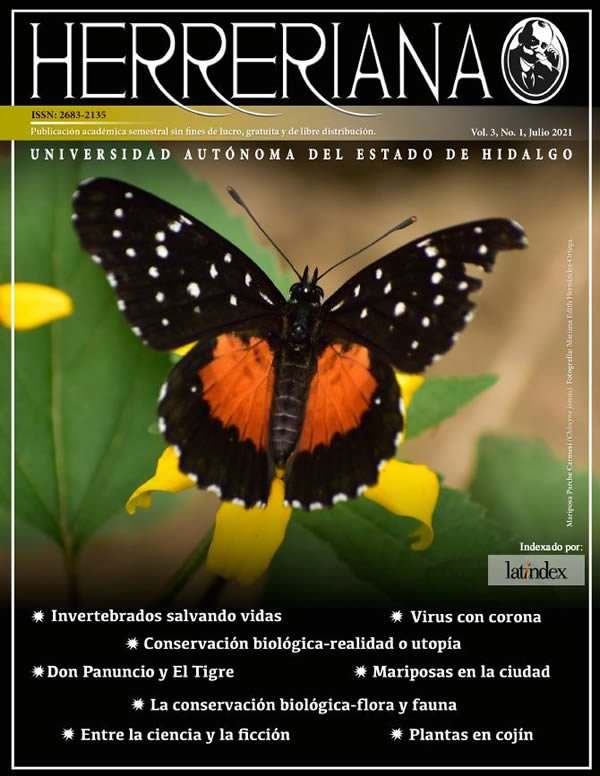Biotechnological solutions: invertebrates saving our days
DOI:
https://doi.org/10.29057/h.v3i1.6953Keywords:
Biotechnology, red biotechnology, insects, marine invertebratesAbstract
Biotechnology has been applied for a long time in the production of fermented products. Currently, new biotechnological techniques have been implemented and improved, such as molecular, genetic, and computer science based on the use of living beings for the manufacturing of products that benefit society, mainly in the area of pharmacology, agriculture, and the environment. Although plants and microorganisms have been exploited mainly for these processes, marine invertebrates and insects stand out for offering a range of compounds (metabolites, enzymes, toxins, proteins) due to the biological and physiological diversity they present. These are used mainly in red biotechnology. Some examples of the latter applications are presented in this article.
Downloads
Publication Facts
Reviewer profiles N/A
Author statements
Indexed in
- Academic society
- N/A
- Publisher
- Universidad Autónoma del Estado de Hidalgo
References
Barcelos, M. C., Lupki, F. B., Campolina, G. A., Nelson, D. L. y Molina, G. 2018. The colors of biotechnology: general overview and developments of white, green and blue areas. FEMS microbiology letters, 365 (21): 1-11.
Carballo, J. L. 2002. Los organismos marinos y las moléculas bioactivas. Perspectiva actual. En: Laborda-Navia, A.J. (coord.). El mar como fuente de moléculas bioactivas. Editorial Universidad de León, Secretariado de Publicaciones y Medios Audiovisuales, España, pp. 83-116.
De Zoysa, M. 2012. Medicinal benefits of marine invertebrates: sources for discovering natural drug candidates. Advances in Food and Nutrition Research, 65: 153-169.
Kumar, D. y Gong, C. 2018. Trends in Insect Molecular Biology and Biotechnology. Springer International Publishing, China, 376 pp.
Mínguez-Toral, M., Cuevas-Zuviría, B., Garrido-Arandia, M. y Pacios L. F. 2020. A computational structural study on the DNA-protecting role of the tardigrade-unique Dsup protein. Scientific Reports, 10 (1): 1-18.
Nair, A. J. 2008. Introduction to Biotechnology and Genetic Engineering. Infinity Science Press, Estados Unidos, 812 pp.
Ramos, M. V., Fernández de Melo, D. y Coelho da Silva, A.L. 2016. Biotecnologia: a ciência, o bacharelado, a demanda socioeconómica, Impresa Universitaria, Brasil, 115 pp.
Verdes, A y Holford. M. 2018. Beach to Bench to Bedside: Marine Invertebrate Biochemical Adaptations and Their Applications in Biotechnology and Biomedicine. En: Kloc, M. y Kubiak, J. Z. (eds.). Marine Organisms as Model Systems in Biology and Medicine, pp. 359-376.


















